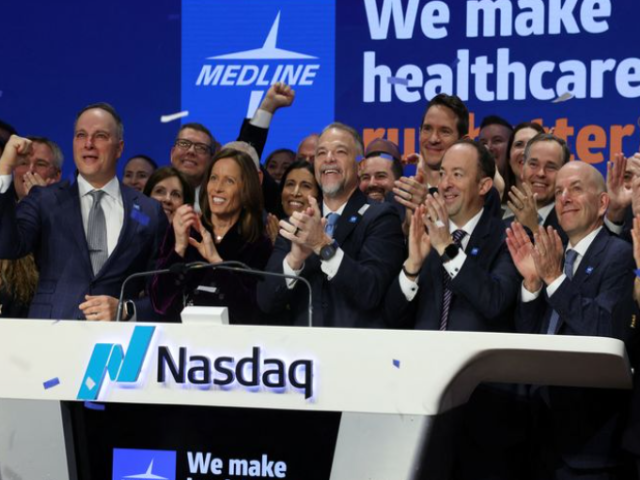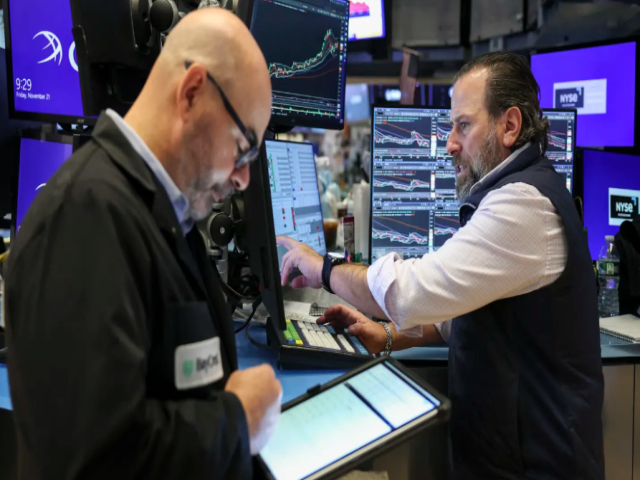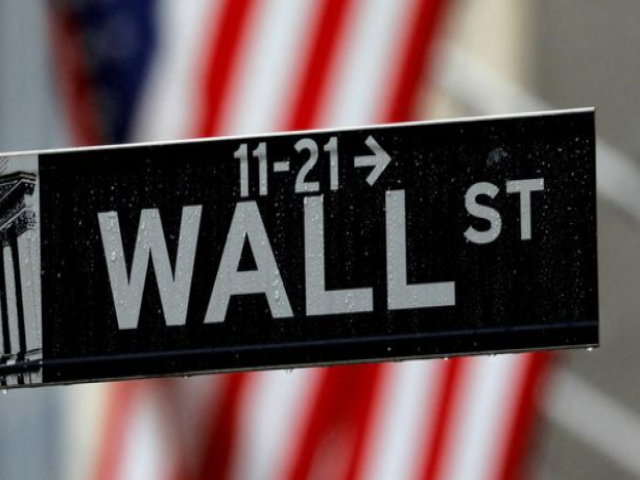15 Aug 2025
US Stock Market Shows Mixed Result: Investor Digesting Economic Data, Ukraine Summit Expected

Friday's U.S. stock market displayed a mixed performance, reflecting investor digestion of fresh economic data and anticipation surrounding the upcoming Trump-Putin summit focused on a potential Ukraine ceasefire.
At 09:40 ET (13:40 GMT), the Dow Jones Industrial Average experienced a positive swing, climbing 200 points (0.4%). However, the S&P 500 remained relatively flat, while the NASDAQ Composite dipped 33 points (0.2%). This mixed performance comes on the heels of a largely positive week driven by strong corporate earnings reports. The Dow registered a week-to-date increase of 1.7% before Friday's open, with the S&P 500 and Nasdaq adding approximately 1.2% each.
The market's reaction is interwoven with the release of several key economic indicators as the next Federal Reserve meeting approaches. July's import price data revealed a 0.4% rebound, fueled primarily by increased consumer goods costs – a clear sign of accelerating inflation potentially exacerbated by tariffs.
This increase follows a downwardly revised 0.1% decline in June, according to the Bureau of Labor Statistics. The implications for the Federal Reserve are significant. ING analysts highlighted the crucial juncture facing U.S. corporations: if import price deflation doesn't materialize soon, businesses will be forced to either absorb the tariff costs, impacting profit margins, or pass them onto consumers, thereby fueling inflationary pressures.
This scenario adds a layer of complexity to the Fed's upcoming decision on interest rates, as managing inflation without stifling economic growth remains a delicate balancing act.
Further complicating the economic picture, July's retail sales data showcased a robust 0.5% month-over-month increase, building upon an upwardly revised 0.9% gain in June. Capital Economics analysts interpreted this as evidence of sustained consumer spending despite tariff-induced price hikes, particularly in sectors directly affected by tariffs.
This resilience, however, might be short-lived. The analysts at Capital Economics cautioned that a weakening labor market coupled with rising goods prices could potentially dampen consumer spending growth in the third quarter, introducing a degree of uncertainty into future economic projections. This potential slowdown adds another dimension to the ongoing debate surrounding the efficacy of current economic policies and their impact on various sectors of the American economy.
The geopolitical uncertainty surrounding the Ukraine conflict and potential repercussions for global trade also contributes to the market's cautious optimism. The outcome of the Trump-Putin meeting could significantly influence investor sentiment and market volatility in the coming weeks.
Furthermore, the ongoing trade war with China continues to cast a long shadow over the global economic landscape, adding another layer of uncertainty for investors to navigate. These multiple factors — inflation, consumer spending, labor market dynamics, and geopolitical risks — create a complex and dynamic environment for the U.S. stock market, making short-term predictions challenging.














